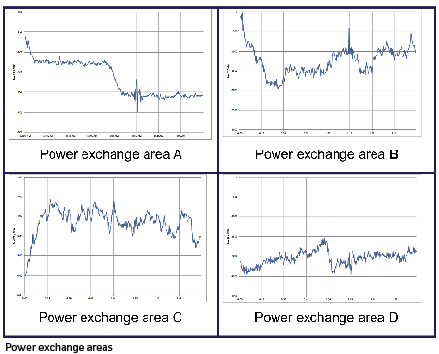by Alex Apostolov, USA

Situational awareness-the real-time understanding of grid conditions, potential risks, and emerging trends – is essential to enable SIPS to anticipate, evaluate, and respond to disturbances that threaten system integrity.
SIPS are designed to monitor and act upon abnormal conditions across large portions of the power system. Unlike localized protection that responds to immediate equipment faults, SIPS takes a broader view, coordinating actions such as load shedding, generator tripping, or switching actions across regions.
To perform these tasks accurately and swiftly, SIPS must be informed by a real-time, system-wide picture of power flows, voltages, frequencies, and stability margins. This is where situational awareness becomes essential.
Modern situational awareness is driven by high-speed, time-synchronized data from Phasor Measurement Units (PMUs), SCADA systems, and digital substations. These technologies provide a continuous, high-resolution view of grid conditions, allowing SIPS to detect evolving problems like angular instability, low-frequency oscillations, or overloads. With this knowledge, SIPS can make informed decisions-such as whether to isolate a faulted corridor, shed non-critical loads, or activate fast-ramping generation-before the situation escalates into a widespread blackout.
Situational awareness enhances SIPS’s ability to act not just reactively but proactively. By analyzing trends and predicting system behavior based on current conditions, SIPS can initiate preventive measures. For example, if a sudden loss of generation is likely to result in a frequency drop, SIPS can begin shedding load or dispatching reserves before the frequency threshold is reached. This predictive capability is especially valuable in grids with high penetration of inverter-based resources (IBRs), which tend to offer less inertia and faster, less predictable responses to disturbances.
Situational awareness also enables coordination across protection zones and utility boundaries. In an interconnected grid, actions in one area can have far-reaching impacts elsewhere. A shared understanding of system conditions, enabled by standardized communication protocols like IEC 61850 and IEEE C37.118, allows SIPS to execute coordinated actions that preserve system-wide stability rather than trigger unintended consequences.
It is clear that situational awareness is the foundation that enables SIPS to function effectively in a modern power system. It transforms data into actionable awareness, empowering utilities to operate a safer, more resilient, and responsive grid. As electric power systems evolve, the integration of advanced monitoring, real-time analytics, and wide-area visibility will become more and more important for maintaining system integrity.








